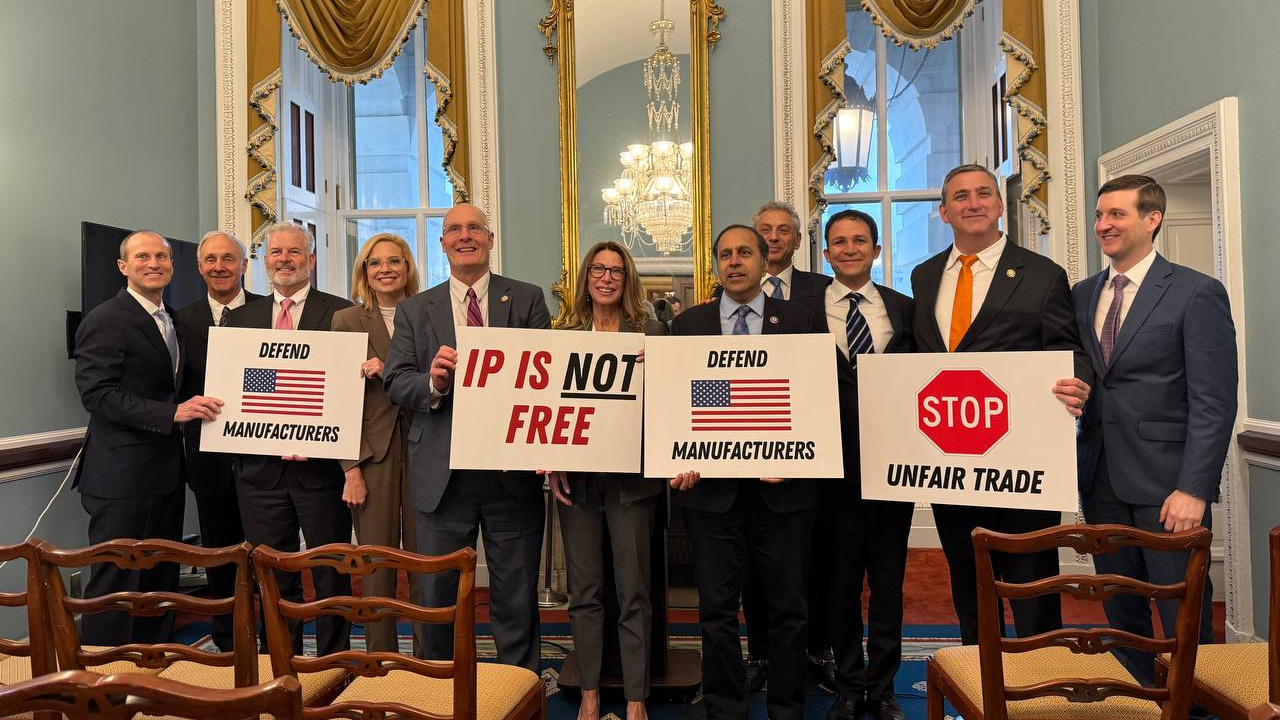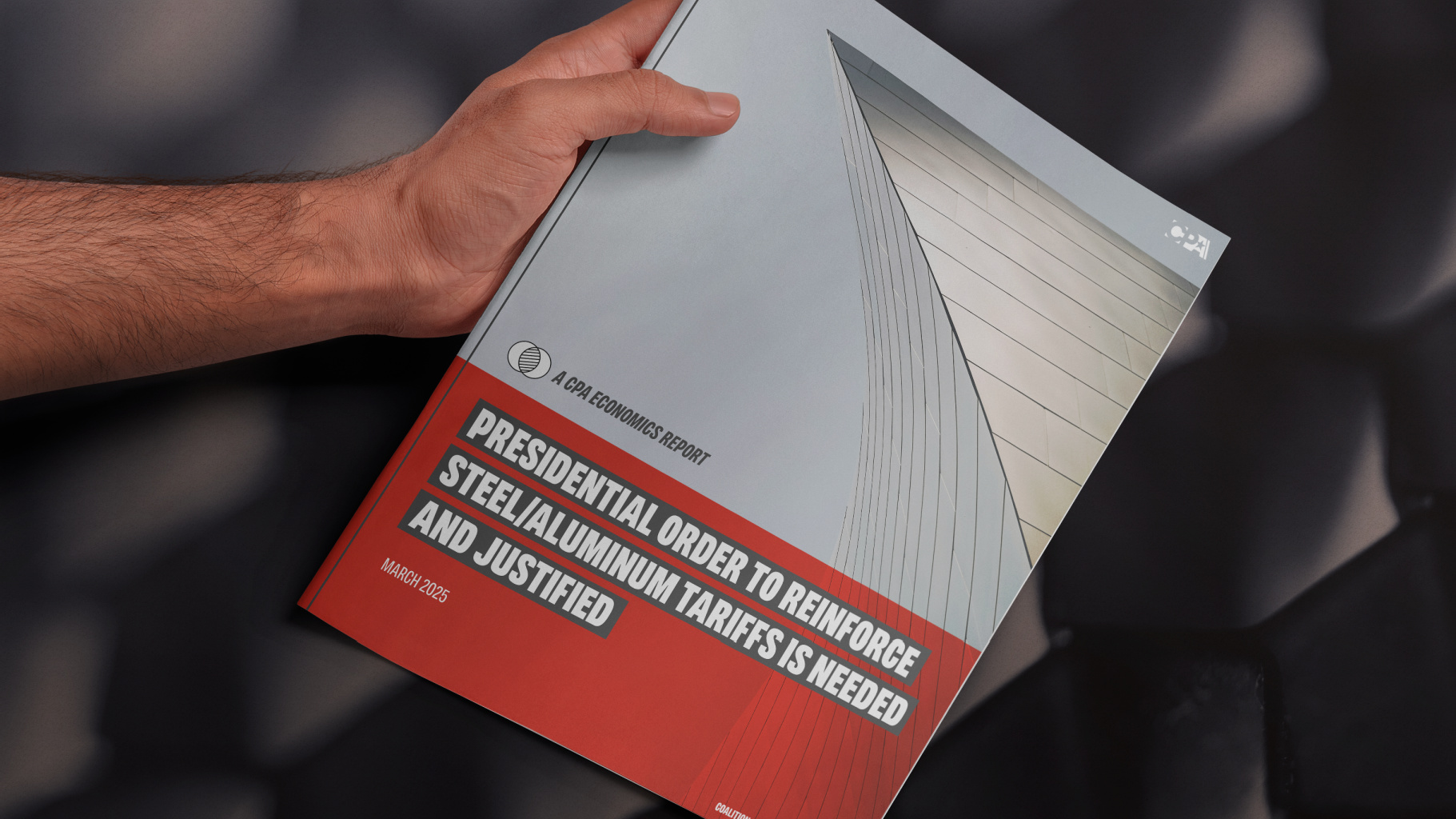By Jeff Ferry, CPA Research Director
Business Roundtable (BR) and others have published economic forecasts that purport to show that the US withdrawing from or substantially modifying NAFTA would lead to US losses in GDP and jobs. We analyze the BR study and show that it is essentially a biased or “rigged” economic model, overlooking the most basic effect of tariffs, which is to give a boost to US domestic production. This family of economic models, known as GTAP (Global Trade Analysis Project), has several unrealistic rigidities in its model of the US economy, making it an unreliable guide to the effects of any major US policy shift. GTAP has been wrong in its forecasts before every major US trade agreement.
Multinational business associations opposed to renegotiating or withdrawing from the North American Free Trade Agreement (NAFTA) are using economic models to try to show net economic losses from a modification of NAFTA. But their economic models rely on unrealistic assumptions, oversimplified relationships between price and demand, and rigid, unrealistic relationships between key macroeconomic variables. They remind us of the old computer programmers’ acronym, GIGO: Garbage In, Garbage Out.
The Business Roundtable study, Terminating NAFTA, The National and State-by-State Impacts on Jobs, Exports, and Output, was conducted by a Swiss-American economic consulting firm, Trade Partnership Worldwide (TPW). It looked at two scenarios. In the first, the US withdraws from NAFTA and all three countries raise tariffs against each other to their own MFN (most favored nation) tariff rates. This means US tariffs on Mexican goods rise to an average of 3.92% while Mexican tariffs on US goods go to an average of 5%. (Canadian tariffs would be slightly less.) In the second scenario, Mexico would raise its tariffs on US goods to the highest allowable level, known as bound tariffs. That tariff averages 37.51%. The US stays at an average 3.92% tariff on Mexican goods because the US government has committed to stick with MFN rates even for nations with whom it does not have a trade agreement.
The BR study forecasts declines in GDP of 0.6% to 1.2% a year, declines in both exports and imports, and employment declines of 1.8 million to 3.6 million lost jobs. But this study reflects the biases of its authors more than anything else. Here are four key reasons why this study is wrong:
- No domestic substitution
The GTAP model fails to account for any benefits from increased import tariffs. Tariffs benefit domestic production by adding cost to foreign imports and making them less competitive. This is a fact borne out by two centuries of experience with tariffs in the US and many other countries. One can debate whether the production benefits from tariffs are outweighed by costs elsewhere, but the BR study implausibly denies that tariffs will lead to expanded domestic production. Indeed, the BR study claims to find a fall in production in every single significant sector of the US economy, seen for example in this claim: “services output suffers as manufacturing, agriculture and energy output also decline.”
The BR model does not allow domestic production to rise because it is a form of GTAP, a complex model of international trade developed to help justify globalization. It has built-in relationships that “lock” American producers into their NAFTA supply chains. So tariffs lead to increased prices from American producers, and market share gains by third-party importers (primarily in Asia).
In reality, if US producers saw reduced competition from Mexico, they would certainly increase domestic production. Prices would rise, but by less than the full amount of the tariff. American producers would begin to seek alternate sources of supply, including moving parts of the supply chain back to the US. Take an example: the US imposes a tariff on avocados. US avocado prices rise—at first by nearly as much as the tariff. But avocado prices soon ease off as US farmers begin to re-plant acreage with avocado trees. As they increase domestic shipments and achieve economies of scale, prices ease back. The result is an enlarged, more profitable US avocado sector, generating more revenue for farmers, their workers, and their suppliers.
- Rigid model of investment
The GTAP model wrongly assumes the level of investment in US industry is fixed and limited by national macroeconomic variables including the savings rate. That means that if an American industry sees an increase in demand for its products, it cannot increase investment to expand production.
In reality, when a company in a competitive industry sees a substantial upward move in expected multi-year demand, it makes plans to increase its investment in plant and equipment so it can take advantage of the larger economic opportunity. While there have been times and places where investment has been limited (usually by fears of a spike in interest rates or a collapse in the currency), in the US there is no such constraint. We have been dealing with a global and national savings glut for most of the last 20 years and certainly since 2009, when the Fed has been unable to nudge inflation up to its 2% target, despite extremely low interest rates.
- No wage reductions
The BR study does not show the positive effects that NAFTA modification would have on US wage growth. Over the past 20 years, NAFTA membership has depressed US real wages in those industries that compete most directly with low-wage Mexican workers, notably the automotive industry. Modification of NAFTA would ease this pressure, adding to real incomes for workers in those industries and regions, with follow-on effects impacting consumer spending and many other businesses, particularly in the affected regions.
ImpactECON study
We also examined another study, Reversing NAFTA: A Supply Chain Perspective, authored by two GTAP economists, Terrie Walmsley and Peter Minor, who work at the ImpactECON consulting firm. There is a greater effort to build an accurate model in this study, because they are introducing their own modification or upgrade to GTAP, involving greater granularity in analysis of imports. The ImpactECON study finds that in certain important sectors, a tariff on Mexican goods will lead to increased US production: “…results show that the US does obtain some small gains in sugar, wearing apparel, chemicals, metals, electronic equipment, and machinery…”
The US has a huge domestic market, many times larger than the market of most of our competitors. And we start from a position of higher wages. In markets where imports have played the leading role in driving down US production, affecting both prices and wages, a restraint on imports would give US industry the opportunity to regain market share, increase production and employment, and generate the profit needed for future investment.












